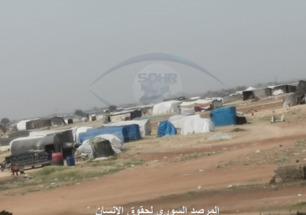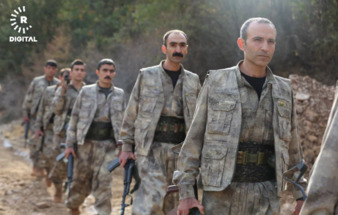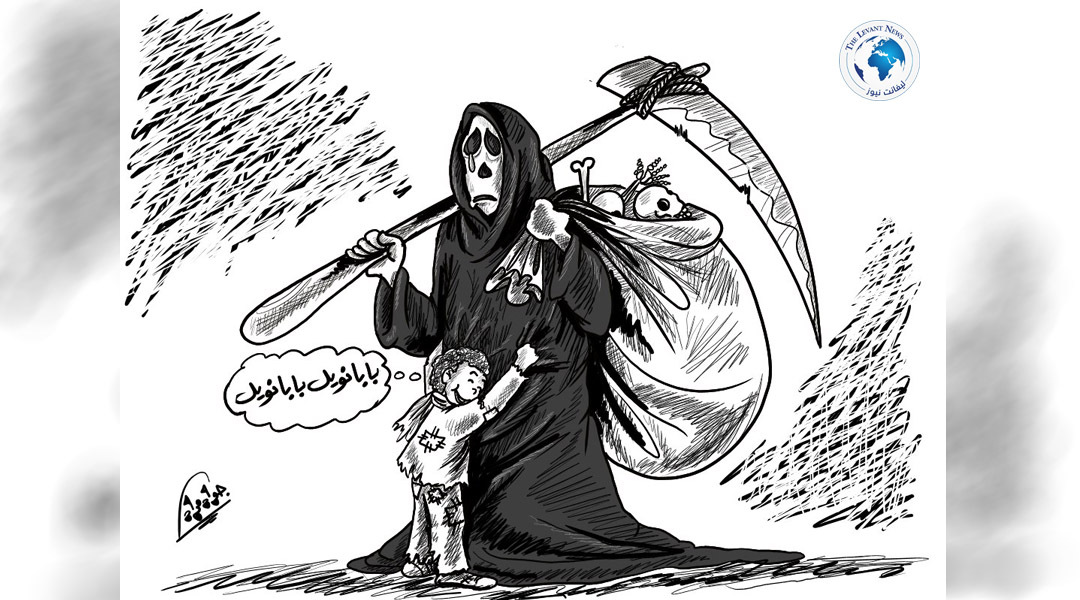-
Rising Death Toll from Hemorrhagic Fever in Iraq

The Iraqi Ministry of Health announced on Wednesday that the death toll from Hemorrhagic Fever (Crimean-Congo Hemorrhagic Fever) has increased since the beginning of 2025 to 42 fatalities, out of 296 confirmed cases in the country. The ministry called for strict preventive measures, especially when dealing with livestock, to reduce the risk of disease transmission, which is primarily spread through ticks and rodents.
According to a report by the World Health Organization, hemorrhagic fever is transmitted to humans either through tick bites or by contact with blood or tissues of infected animals during slaughter or immediately afterward. This underscores the importance of adhering to health procedures when handling sick or infected animals.
The virus was first recorded in Iraq in 1979, with the first case documented then. On July 21, the country announced the registration of 30 deaths among 231 cases since the start of the year. Currently, the numbers are higher, with Seif Al-Badr, spokesperson for the Ministry of Health, confirming that "the confirmed cases over the past nine months reached 296, with 42 deaths, reflecting the severity and increasing spread of the disease."
Most cases are concentrated in Dhi Qar Province, which recorded 114 infections, including 11 deaths. This predominantly rural area in southern Iraq is known for livestock farming, including cattle, sheep, goats, and buffalo, which are important vectors for transmitting the virus. The lack of human or animal vaccines remains one of the most significant challenges in combating the disease, as its early symptoms resemble those of influenza—fever, muscle, and abdominal pains—and may progress to bleeding from the eyes, ears, and nose, with vital organ failure. This threatens the lives of those infected, with mortality rates ranging between 10% and 40%, according to the World Health Organization.
Animal breeders and slaughterhouse workers are the most vulnerable to infection because their work involves direct contact with potentially infected animals. Many experts have warned of the necessity to adhere to preventive measures, including using personal protective equipment, avoiding contact with infected animals, and improving hygiene and disinfection conditions.
The Ministry of Health spokesperson pointed out that "all groups are at risk if preventive measures are not followed." These warnings come at a time when Iraq is suffering from a decline in sterilization and awareness campaigns, due to the restrictions related to the COVID-19 pandemic, which led to the suspension of public health campaigns during 2020 and 2021. This situation contributed to increased insect breeding and environmental conditions conducive to virus spread.
In 2022, Iraq recorded at least 212 cases and 27 deaths from January to May. Explanations suggest that the halt of sterilization campaigns, along with economic and health challenges, contributed to the decreased control over hemorrhagic fever outbreaks, as well as the rise in intermediate insect populations that transmit the disease. This underscores the urgent need to remain vigilant and implement strict measures to safeguard the population, especially in livestock-rearing regions.
You May Also Like
Popular Posts
Caricature
opinion
Report
ads
Newsletter
Subscribe to our mailing list to get the new updates!






















